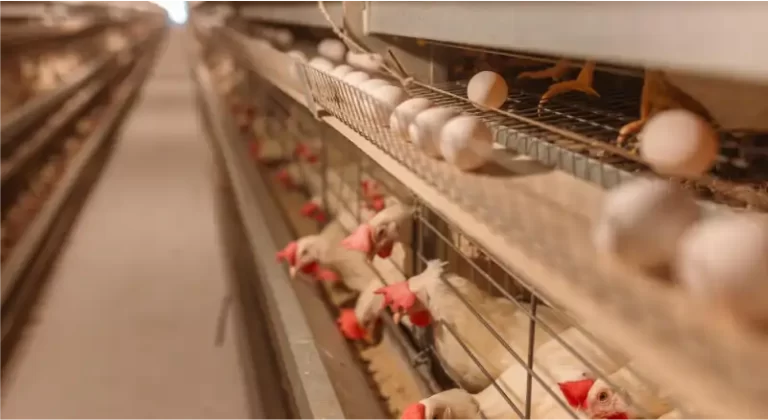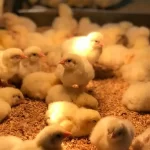All efforts in the use of additives aim to produce healthy food for humans and maintain animal health. These additives must be effective and environmentally friendly.
All efforts in the use of food additives aim to produce healthy food for humans and maintain animal health. These additives must be effective and environmentally friendly.
Definition of Feed Additives
Feed additives are substances administered to improve or enhance nutrient utilization and maintain the health of livestock and poultry. They usually exert their effects in the digestive system or on the surface of the cells of the digestive system.
Since 2006, the use of antibiotic growth promoters in livestock and poultry diets has been banned. Consequently, researchers have sought to develop compounds to replace antibiotics, and today we have a variety of these compounds available under the category of “feed additives.”
Undoubtedly, antibiotic growth promoters improve animal performance and health status.
It is clear that antibiotics alter the intestinal microbial flora. Microbes can develop resistance to these antibiotics, and their transfer to humans may cause problems related to antibiotic resistance.
This issue has gained global attention. The use of many antibiotic growth promoters in livestock and poultry has been prohibited. This has led to increased focus on alternative compounds.
On the other hand, the demand for safer antibiotic alternatives is growing.
Additives are a part of the diet and are non-nutritive. Their use serves the following purposes
1- Stimulating growth or increasing livestock and poultry performance.
2- Improving feed efficiency and utilization.
3- Enhancing nutrient metabolism in the body of livestock and poultry.
4- Using feed additives in the intensive commercial farming of broilers and other birds to control diseases and parasites, resulting in significant profitability.
Main Components of Diets
1- Grains: They are energy sources. Corn forms the main part of the diet, with wheat, barley, and sorghum sometimes used.
2- Meals: They are protein sources. Soybean meal is the most important protein source. Other meals such as canola, sunflower, and sometimes fish meal and meat meal are also used.
3- Alternative feeds: Such as wheat bran, wheat middlings, rice bran, and other feeds used in small amounts.
4- Fat and oil sources: They provide part of the dietary energy, such as soybean oil.
5- Major mineral sources: Such as shell powder, dicalcium phosphate, monocalcium phosphate, salt, and baking soda.
6- Trace mineral supplements: To supply elements like iodine, copper, iron, zinc, manganese, and selenium.
7- Vitamin supplements: To supply fat-soluble vitamins (A, D-3, E, and K) and water-soluble vitamins (B-complex and vitamin C).
8- Synthetic amino acids: Including methionine, lysine, and threonine.
9- Additives (Feed Additives): They have no nutritional value and are intended to improve feed digestion and absorption, feed hygiene, animal health, nutrient metabolism in birds’ bodies, and even help in better feed manufacturing during processing.
So the question is, what do additives include?
Types of Livestock and Poultry Feed Additives
1- Antibiotic growth promoters
2- Enzymes (digestive catalysts)
3- Probiotics (beneficial microbes)
4- Prebiotics (oligosaccharides) and symbiotics (a mixture of pro and prebiotics)
5- Acidifiers (acidifiers)
6- Phytobiotics and flavoring agents (herbal medicines)
7- Disinfectants
8- Toxin binders
9- Antioxidants
10- Betaine
11- L-carnitine
12- Coccidiostats
13- Colorants (carotenoids)
14- Pellet binders
15- Emulsifiers
16- Other additives (anti-caking agents, bacteriophages, antimicrobial peptides, bacteriocins, etc.)








